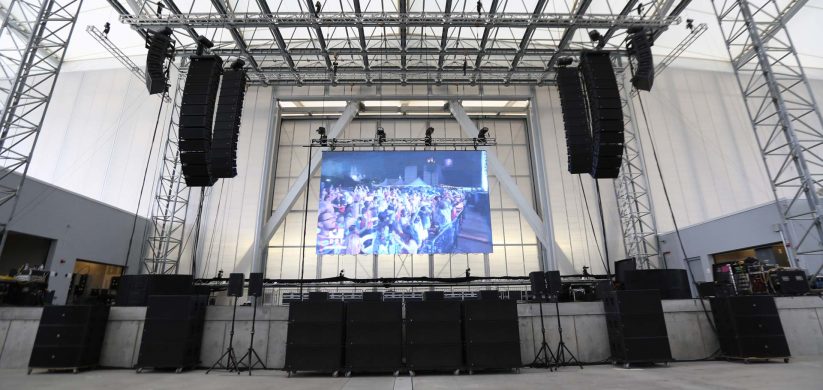The initial step in ensuring color precision is comprehending how LED systems works. LEDs, or light-producing diodes, produce light in various colors by combining red, green, and blue (RGB) light. Each pixel on an LED screen is made up of these three hues. When tuned correctly, the combination of RGB can create a broad range of colors. However, if one color is too bright or too dim, it can distort the whole screen. This is why calibration is needed to equalize the hues and reach the desired visual effect.
Tuning entails adjusting the configurations of the LED screen to ensure that the colors displayed correspond the original material as nearby as possible. This procedure usually includes using specialized software and hardware instruments. Technicians often use color measurement devices, such as color meters, to analyze the colors being displayed. By contrasting the measured hues to standard color values, they can make exact adjustments. This guarantees that the hues are not only lively but also consistent across the whole screen.
Another crucial aspect of color precision is understanding the surroundings in which the LED wall is employed. Factors such as ambient light can considerably impact how hues appear. go to this website For example, a well-lit lit room may fade colors, making them look not as vibrant. To mitigate this, technicians may adjust the luminosity and differentiation settings of the LED screen. Additionally, they may choose specific color settings that are better appropriate for different lighting environments. This flexibility helps maintain color precision irrespective of the observing environment.

Finally, routine maintenance and re-tuning are crucial for keeping an LED wall looking its finest. Over time, the functionality of LEDs can change due to elements like degradation and temperature fluctuations. Regular inspections and modifications can help guarantee that the colors remain correct and lively. By investing time in appropriate tuning and maintenance, venues can provide viewers with breathtaking visual presentations that improve their overall experience. Perfecting color accuracy in LED screen tuning is not just a mechanical job; it is an expertise that contributes to the wonder of visual storytelling.